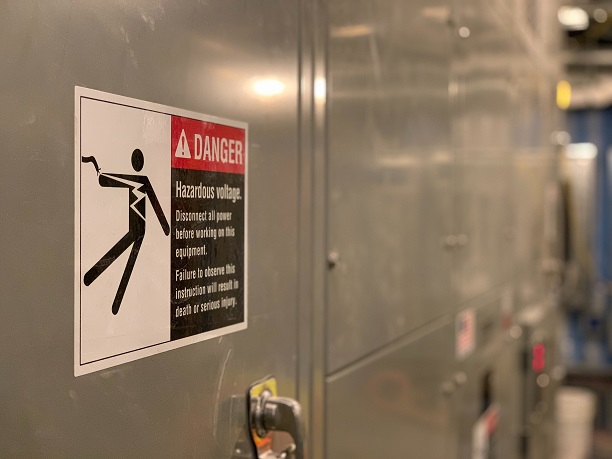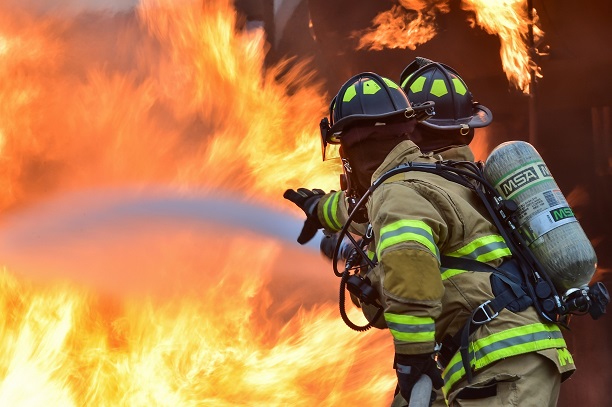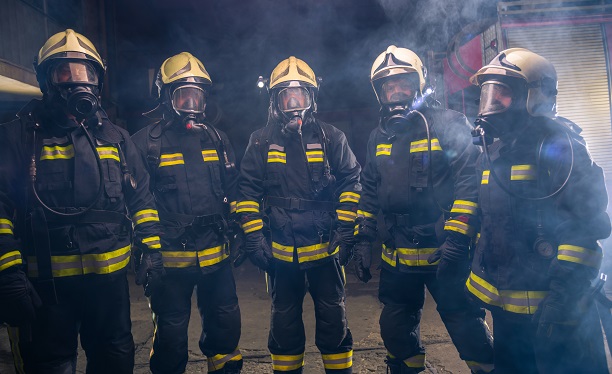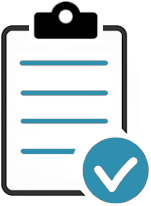The revised standard strengthens and expands on the previous requirements and also includes communications. Ensure that emergency plans take the needs of relevant third parties into account and are tested periodically and are maintained and retained as documented information.
Emergency drills should be evaluated, learned from and improved.
Contents
Our Emergency Preparedness & Response Procedure is proven to work.
Emergency situations may originate within your organization and have the potential to affect the environment or may be an health and safety condition that has the potential to affect your organization.
You should determine whether your organization has the:
You should establish and maintain a procedure to:
Your organization should review and revise, when necessary, the emergency preparedness and response procedure, especially after an incident or emergency situation.
Your organization must also periodically test such procedures where practicable.
Whether your facility has emergency response plans or not, you should review the following sections to ensure you meet the emergency response requirements. Develop a procedure to respond to emergency situations.
Our Emergency Preparedness & Response Procedure is proven to work.

The emergency response procedure(s) describe how you plan to identify potential incidents and emergency situations.
Potential incidents and emergency situations could include:
Identifying potential incidents and emergency situations requires intimate knowledge of operations including, processes, materials used, and operating practices.
When determining potential incidents and emergency situations, consult the following sources:
In addition to consulting the above resources, it is useful to perform a walk-through inspection to identify potential health and safety incidents and emergency situations.
Walk-through inspections are most effective when performed during typical operating conditions using observational and non-threatening interview and communication techniques.

Emergency response plans are the result of prior planning, testing, and the coordination of internal and external resources. Emergency response plans provide written instructions and information to use during incidents and emergency situations.
Such plans can also provide information to prevent or mitigate health and safety impacts and health and safety risks. It is recommended that emergency response plans include:
Emergency response plans, including facility layouts and MSDSs, should be filed with the emergency responding agencies for emergency situations.
Emergency responders must be familiar with facility layouts and potential hazards and must be adequately trained to prevent and mitigate a variety of human and health and safety impacts.

Your organization must review and revise, when necessary, its emergency preparedness and response procedures, especially after an incident or emergency situation.
You must also periodically test such procedures where practicable. Otherwise, plans may never be determined to be adequate or inadequate until after an incident that may have been avoidable with proper testing procedures.
Our Emergency Preparedness & Response Procedure is proven to work.
Updated: 25th April 2022
Author: Richard Keen

Richard is our Compliance Director, responsible for content & product development.
But most importantly he is ISO's biggest fanboy and a true evangelist of the standards.
Learn more about Richard

Don’t Try to Manage It All Alone!
Our ISO Auditors and OH&S Trainers have been in this industry for years, and since 2002 we’ve been providing thousands of small businesses and large corporations with the tools they need to get certified.
Instead of trying to create everything you need to follow this process from scratch, use ours. We have procedures, templates, checklists, process maps, forms and gap analysis tools to help you control your documented information without missing a single input or output.
Before you invest all the hours reinventing the wheel, before you spend countless dollars outsourcing the task — try our templates.
| QMS ISO 9001 |
EMS ISO 14001 |
OH&S ISO 45001 |
|
|
Emergency Preparedness & Response Procedure The purpose of this procedure is to outline your organization’s methodology for controlling emergency situations. Effective emergency preparation and response can reduce injuries, prevent or minimize environmental aspects, mitigate health and safety hazards, protect employees and neighbors, reduce asset losses, and minimize downtime.
Forms & Reports also included:
>> Free Download - Control of Calibrated Equipment Procedure - this will give you a good idea of what to expect when you purchase the procedure. |
$19 USD |
Pay by Credit Card, Debit Card, PayPal or Apple Pay.

 |
Please read our Money Back Guarantee. |
Bought by Small Businesses and Large Corporations our templates have been sold online and CD since 2002.
Used by:
The Templates are used by first-timers following our step-by-step, clause-by-clause guidance documents; and experienced Quality Managers wishing to streamline and improve their existing documentation.
The application of our templates and OH&S manuals is scalable and generic; regardless of the size and type of organization. The elements that form the Health and Safety Management System Template are the same.
1. Our customizable templates save you time and money by offering a streamlined process to create your quality documentation
2. They’ve got everything you need in one simple template
3. Proven to work our templates have helped thousands of businesses big and small achieve certification
4. Documents use styles to make reformatting and rebranding a breeze
5. Our templates are generalizable for any industry or sector. The application of our templates is scalable and generic; regardless of the size and type of organization.